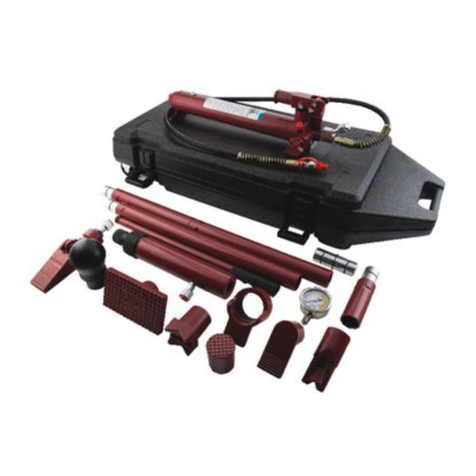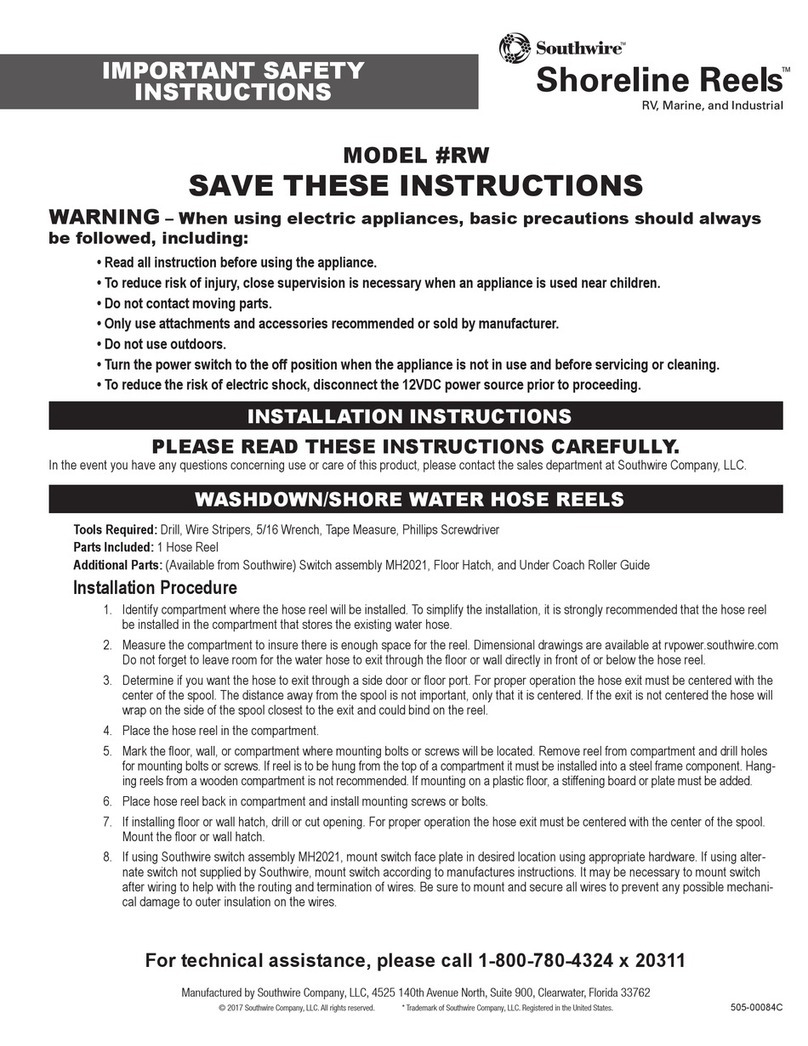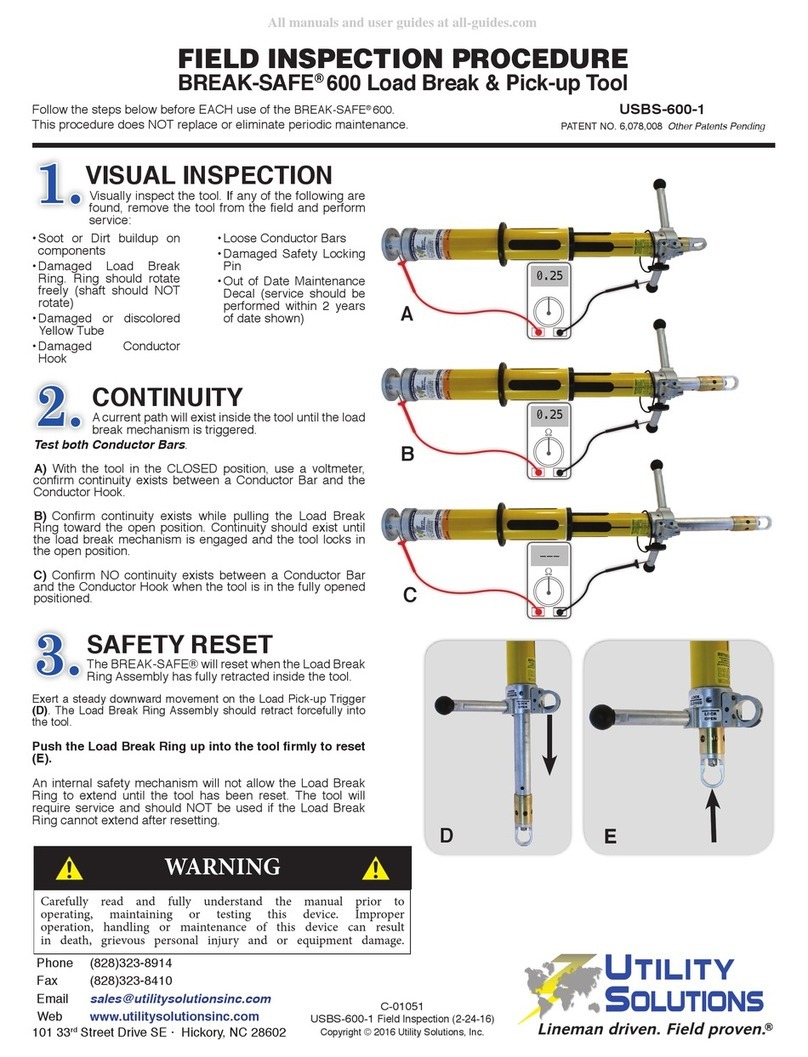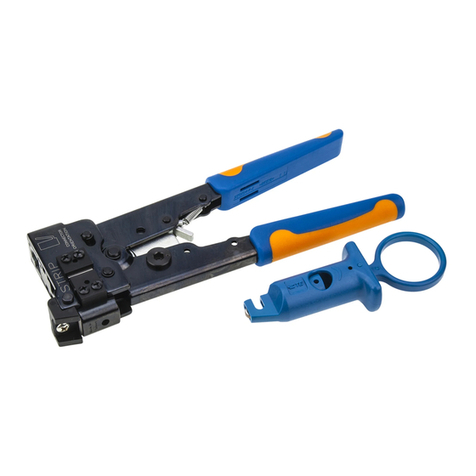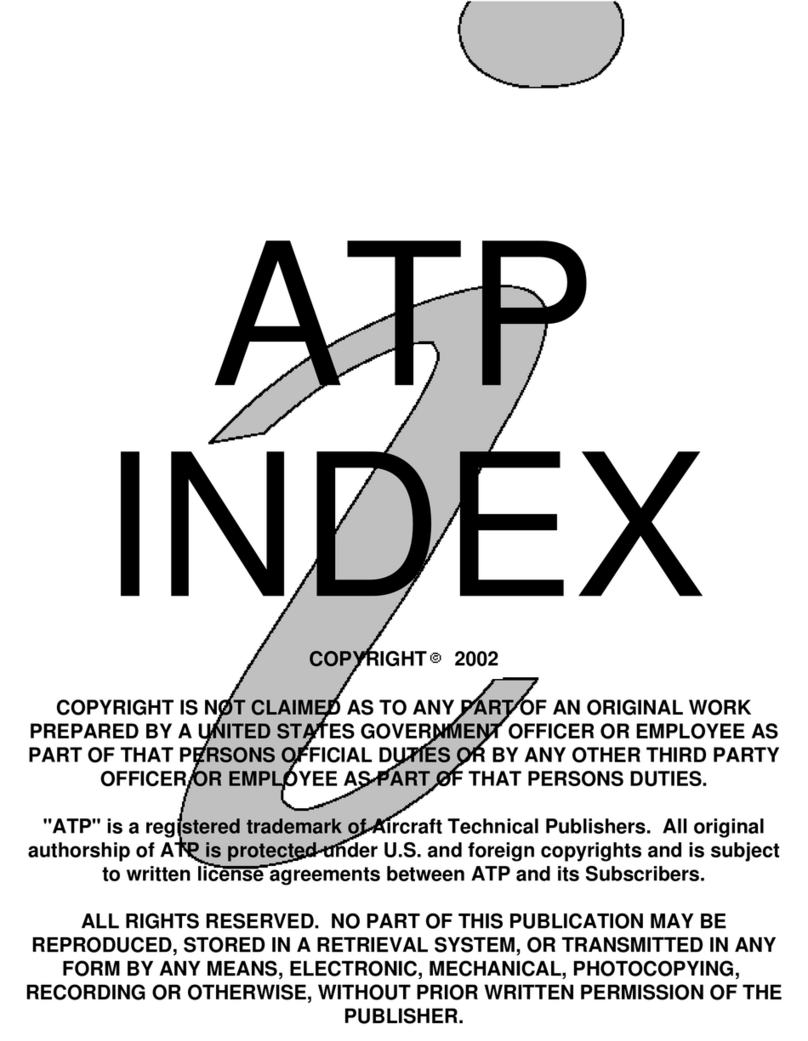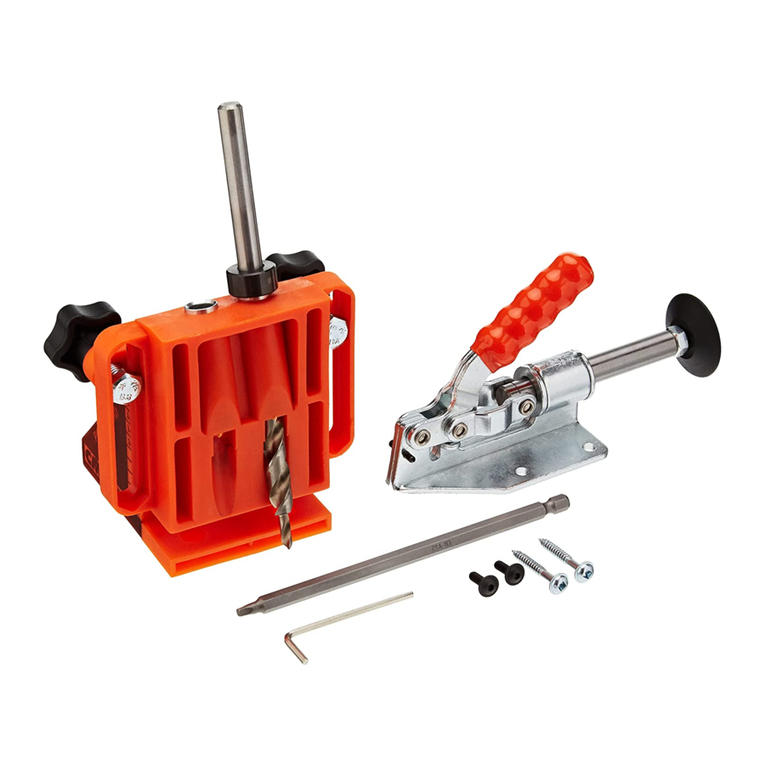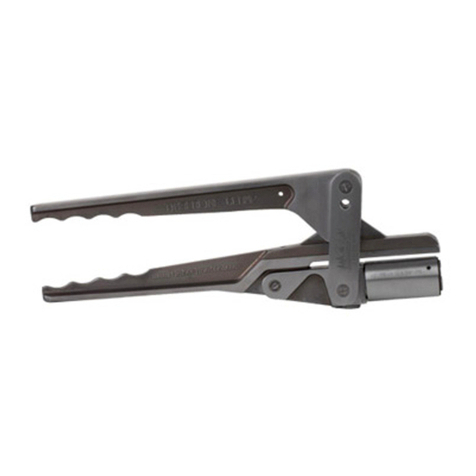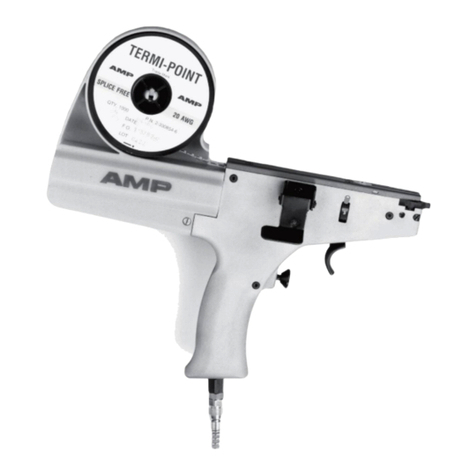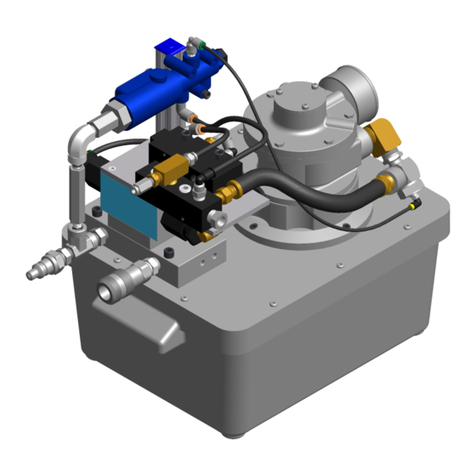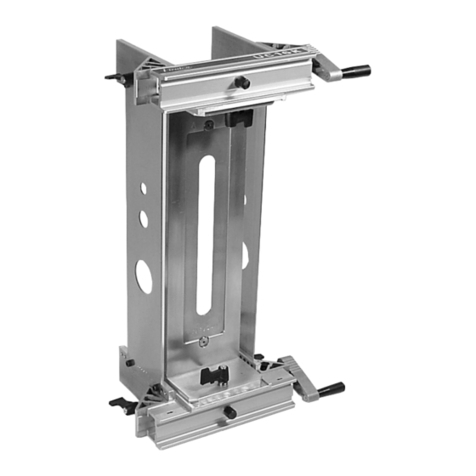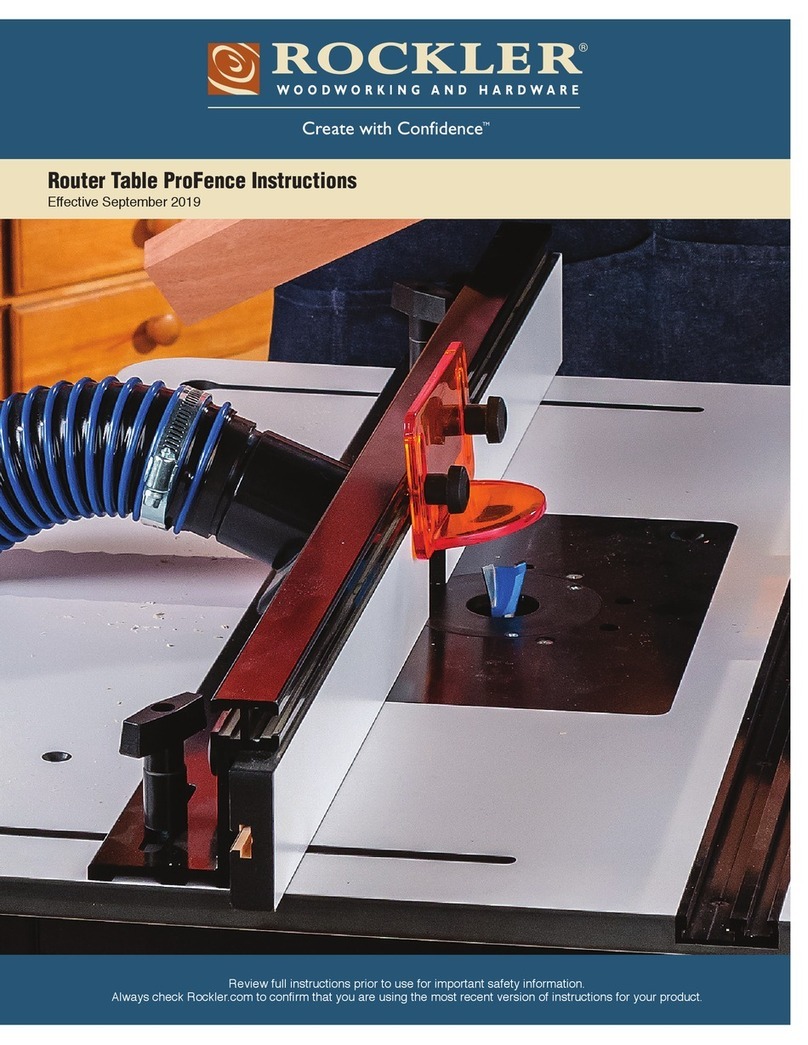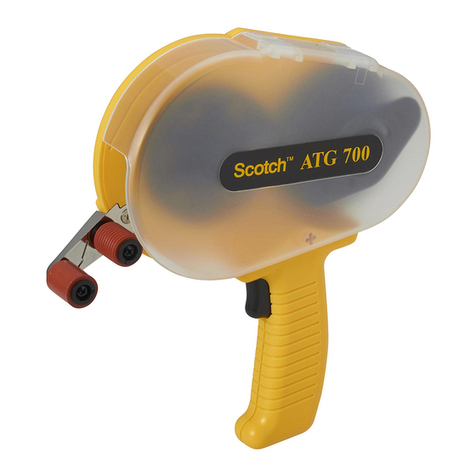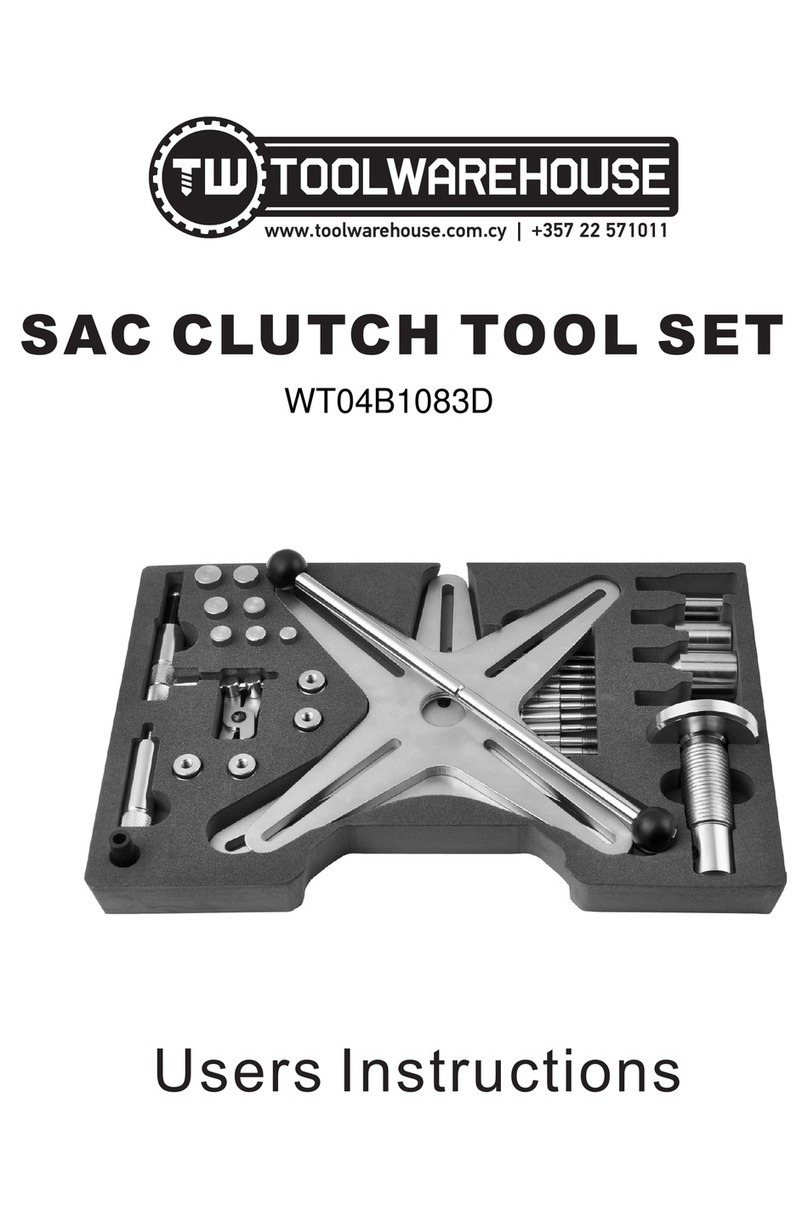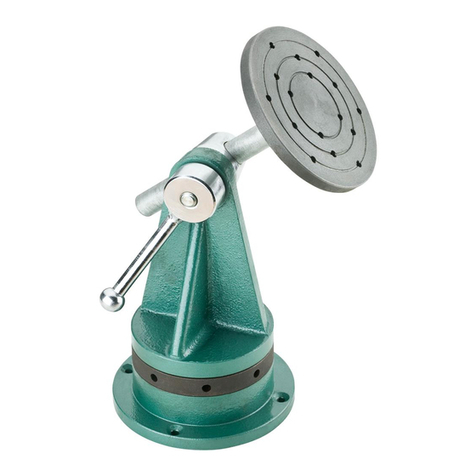
Contents
Foreword ............................................................................................................................................3
Availability.............................................................................................................................................3
Formatting features in the document ......................................................................................................3
Safety..................................................................................................................................................4
Use for the intended purpose .................................................................................................................4
Basic safety notes .................................................................................................................................4
Information on property damage or malfunctions .....................................................................................5
Qualification of personnel.......................................................................................................................5
Protective gear......................................................................................................................................5
Typographic features of warning notes....................................................................................................5
Formatting features for warnings of property damage ..............................................................................5
Description .........................................................................................................................................5
Scope of supply.....................................................................................................................................5
Equipment specification .........................................................................................................................6
Name plate ...........................................................................................................................................8
Task and function..................................................................................................................................8
Application of European Directives..........................................................................................................9
Storing and transporting the equipment...........................................................................................9
Storing the equipment ...........................................................................................................................9
Transporting the equipment ...................................................................................................................9
Using the equipment ........................................................................................................................10
Preparing for installation ......................................................................................................................10
Adjusting the length of the rail hook......................................................................................................11
Tensioning the nose ............................................................................................................................11
Installing the rail hook..........................................................................................................................12
Removing the rail hook ........................................................................................................................12
Troubleshooting ...............................................................................................................................12
After operation .................................................................................................................................12
Removing external dirt deposits............................................................................................................12
Maintaining the equipment...................................................................................................................12
Servicing the equipment and installing spare parts ................................................................................12
Putting the equipment out of operation ..........................................................................................13
Returning the valve..............................................................................................................................13
Disposing of the equipment..................................................................................................................13
Technical data..................................................................................................................................14
Dimensions and weights ......................................................................................................................14
Operating data ....................................................................................................................................15
Pressure & temperature ratings............................................................................................................15
Manufacturer's declaration .............................................................................................................15
















